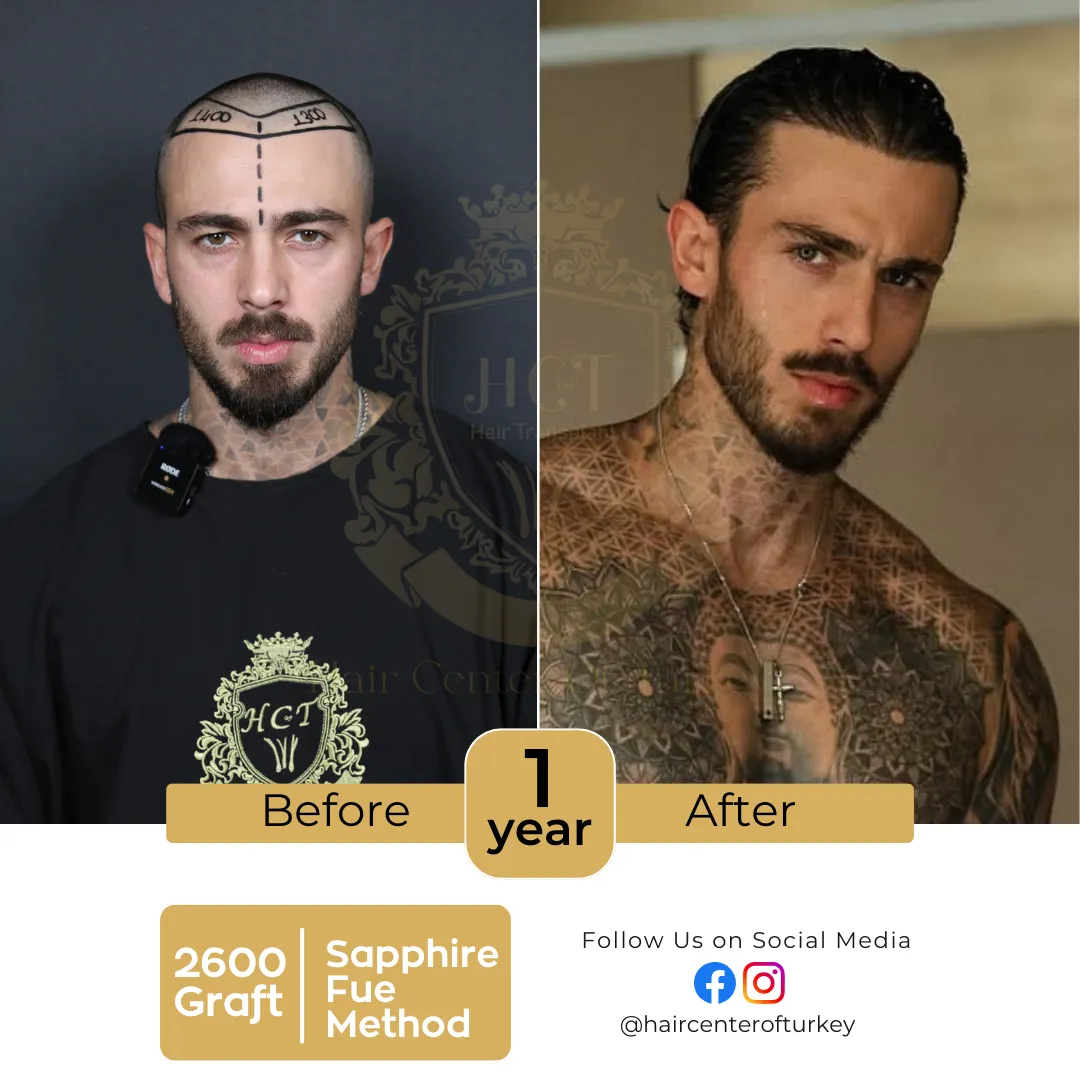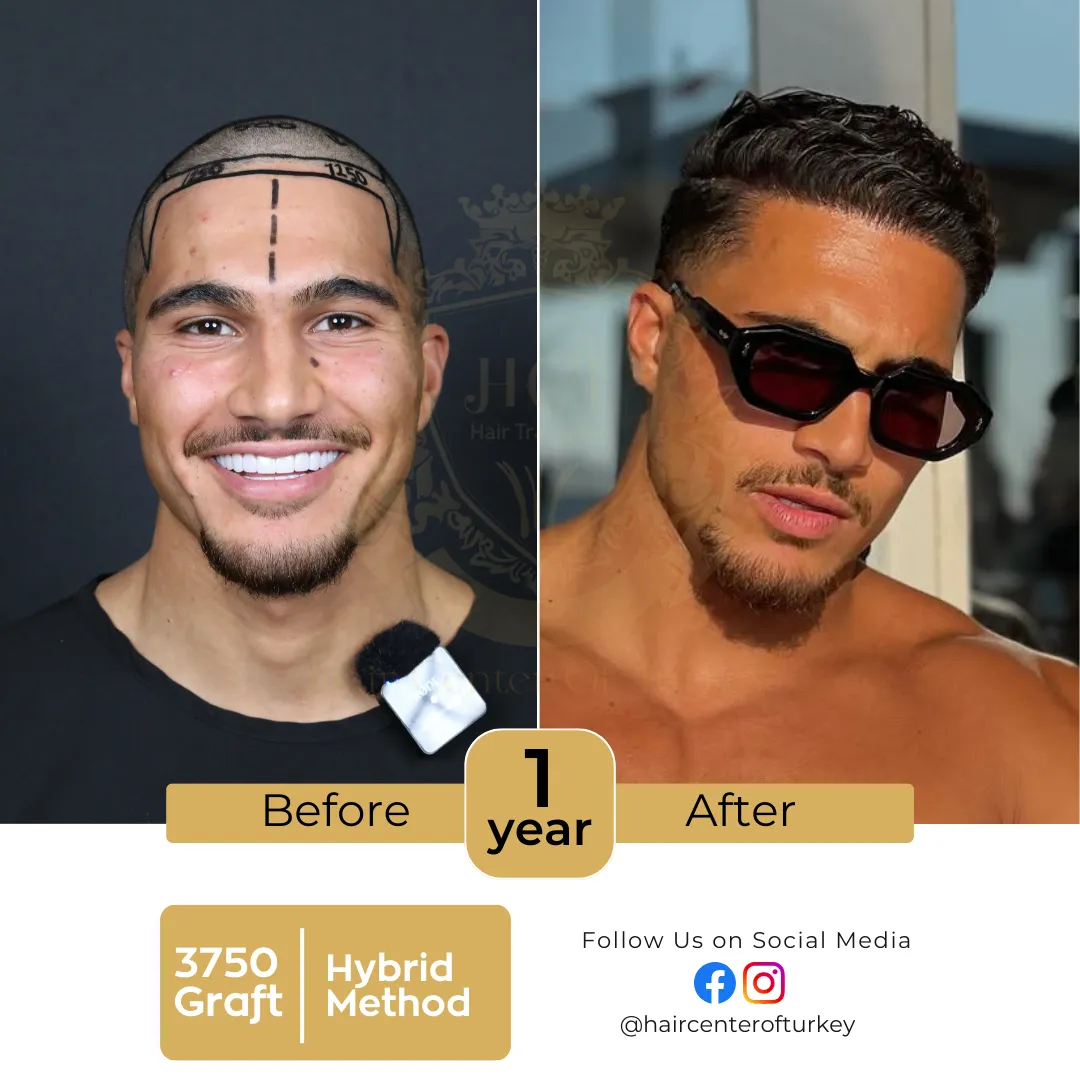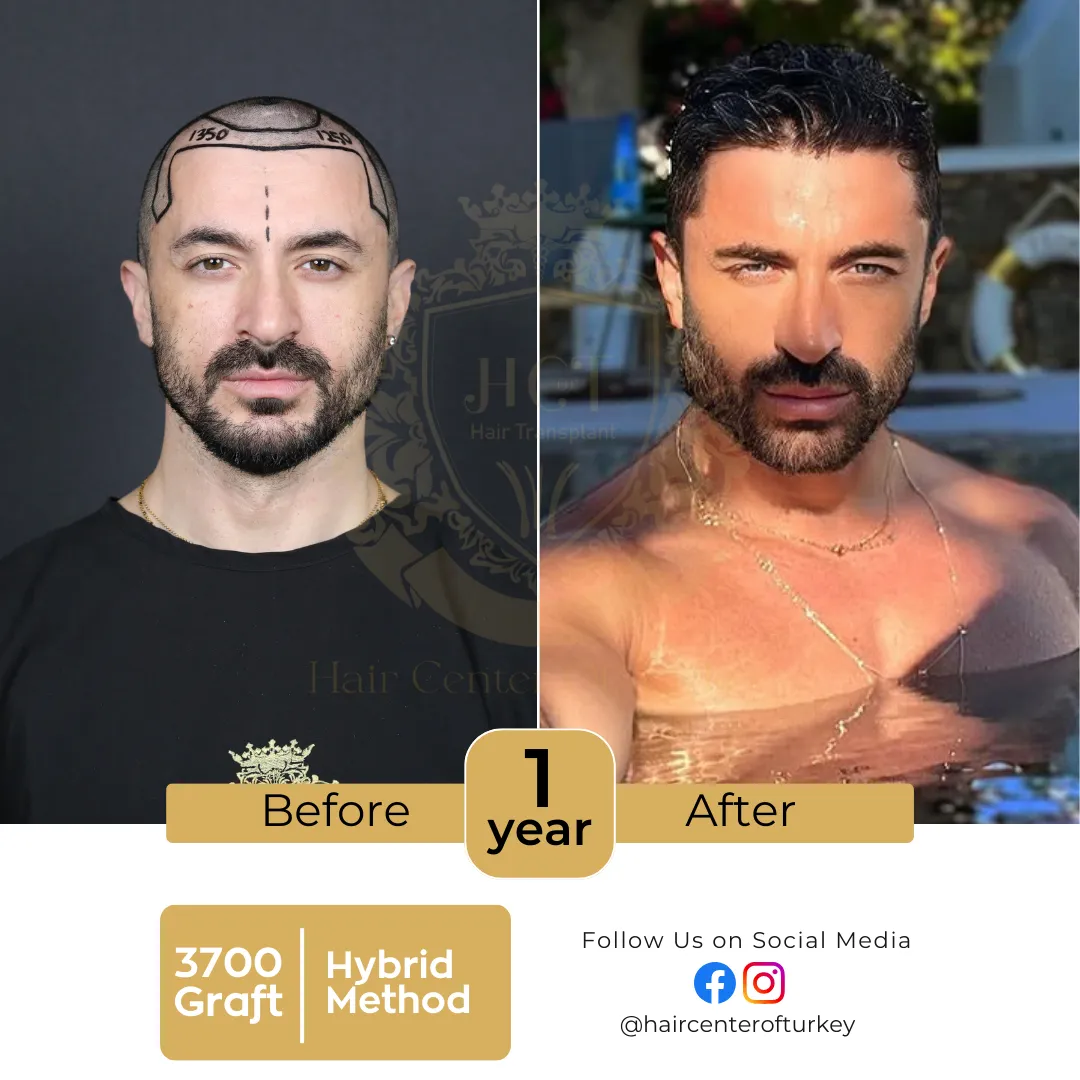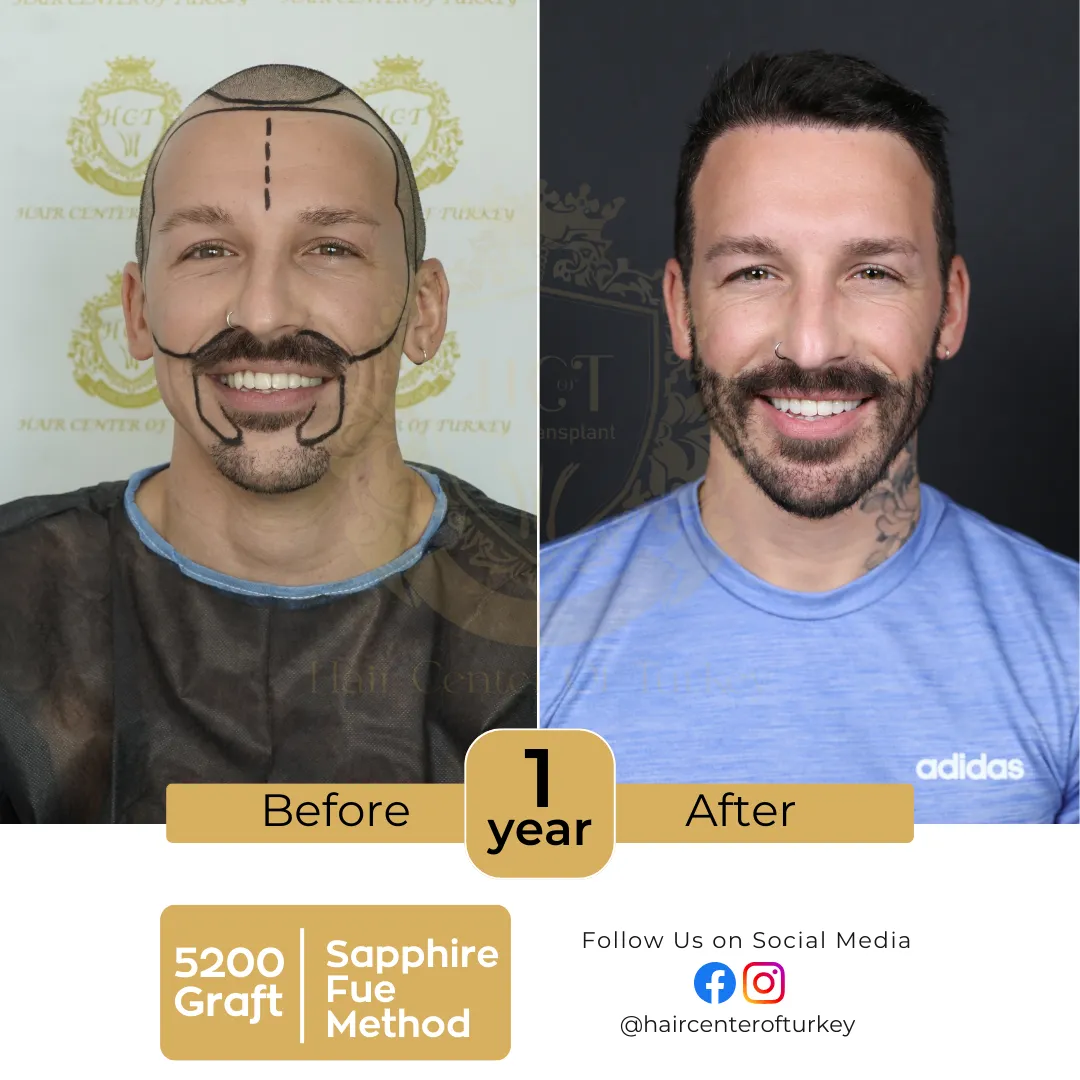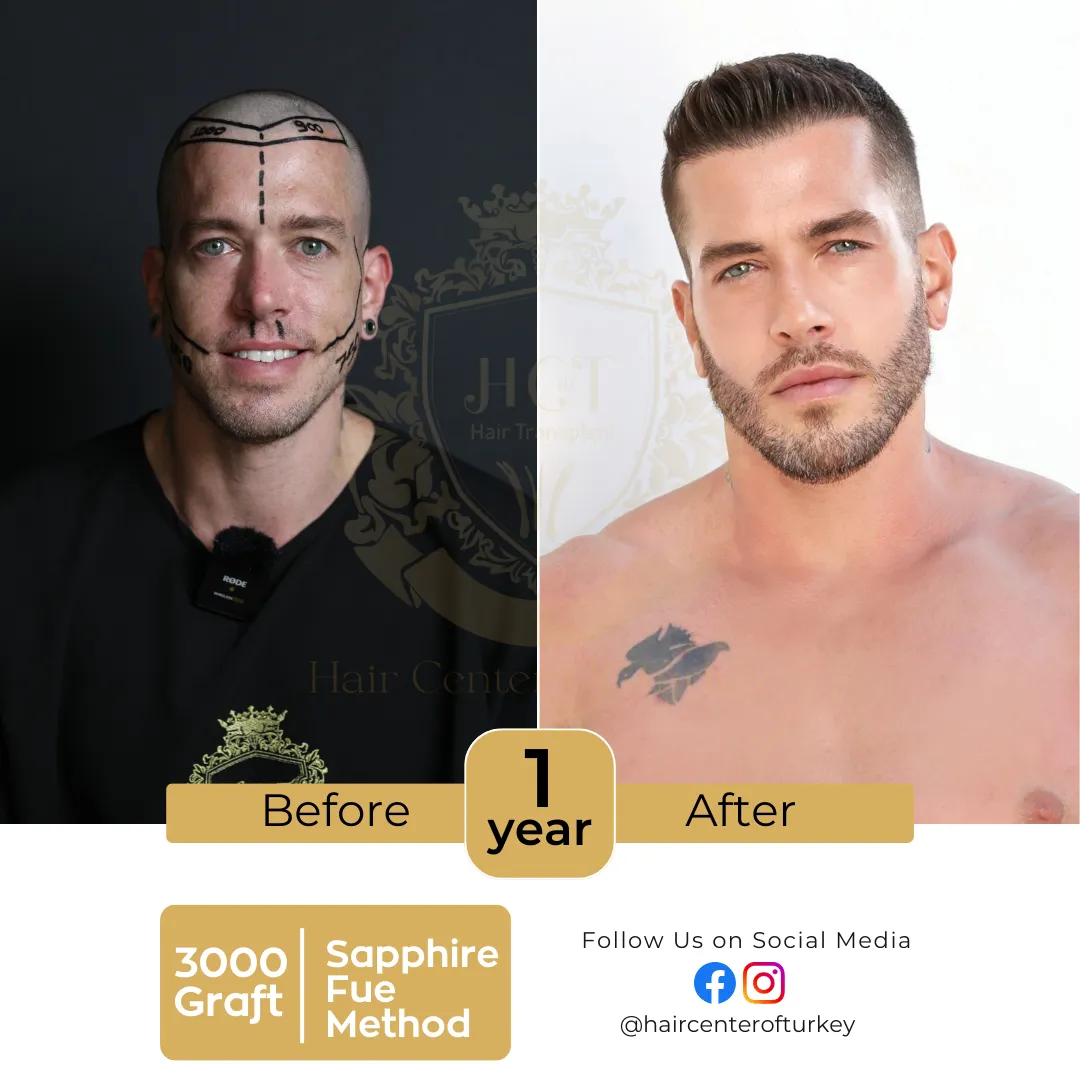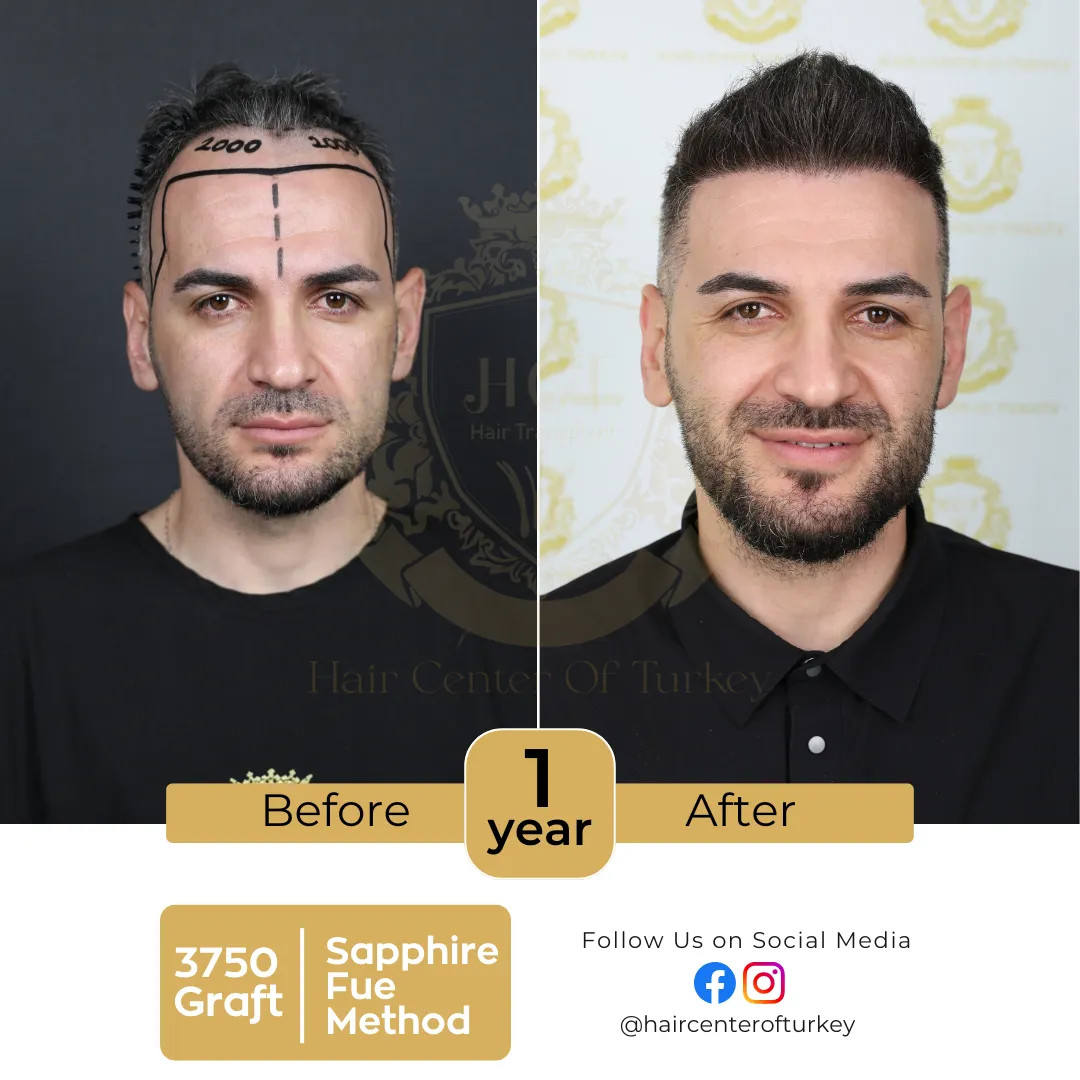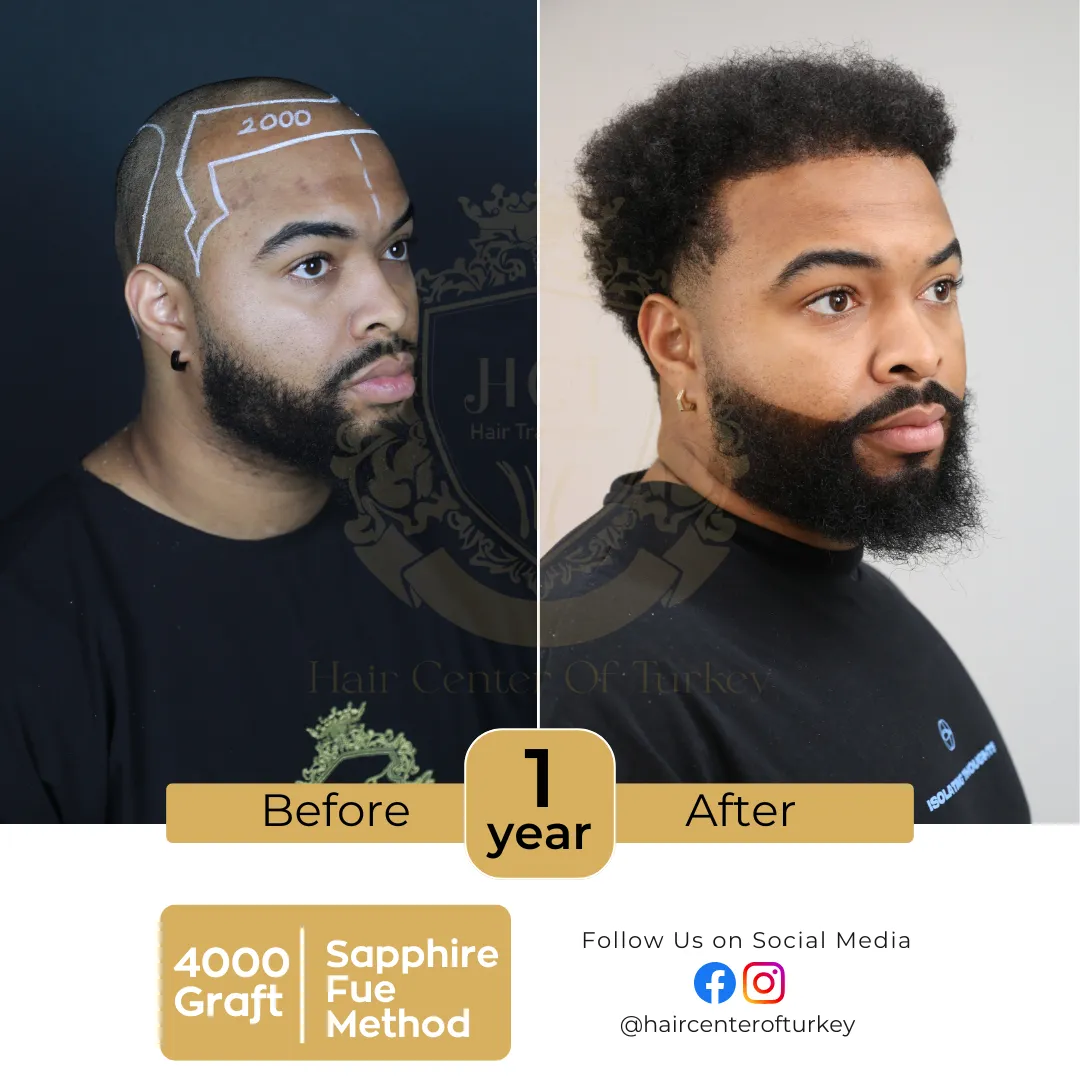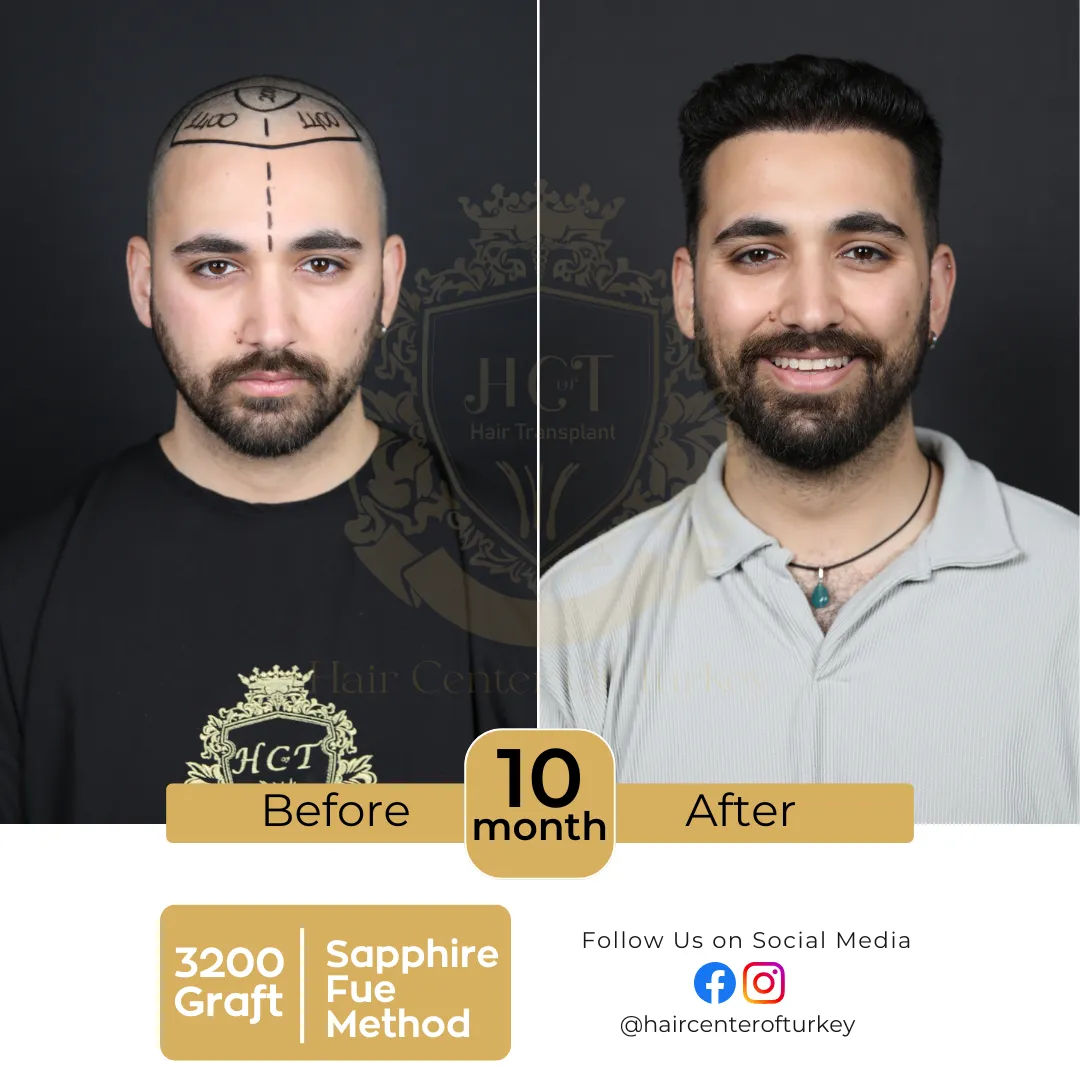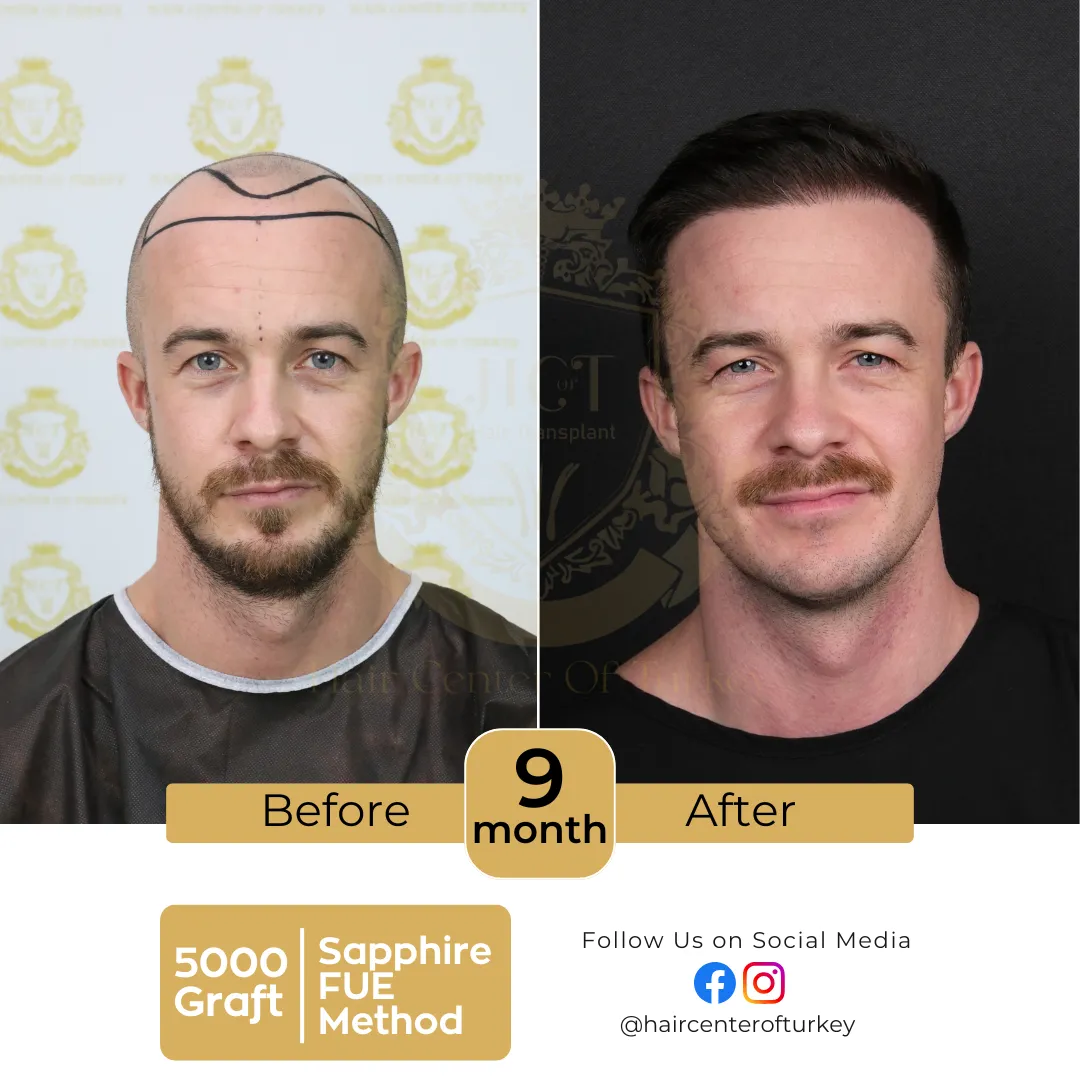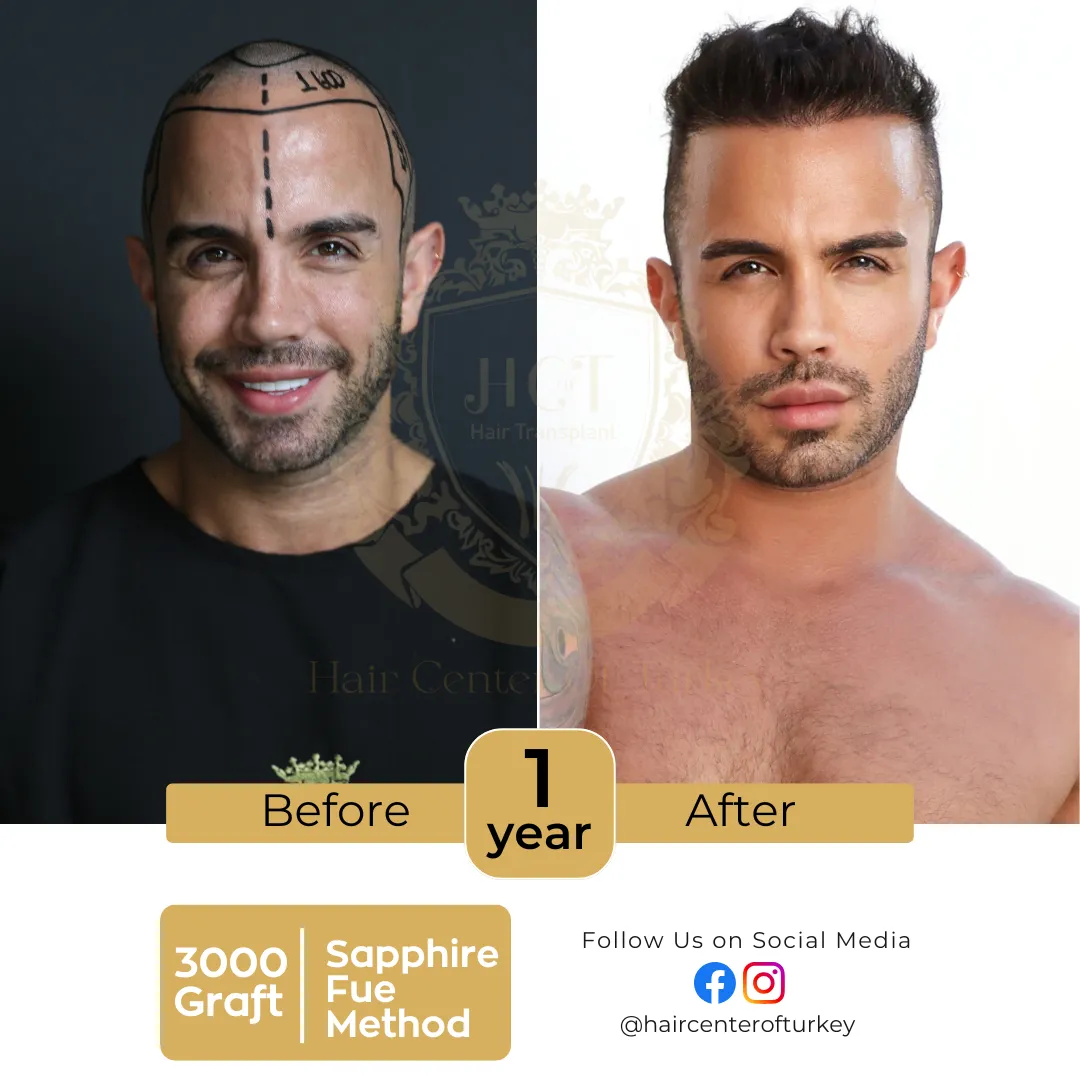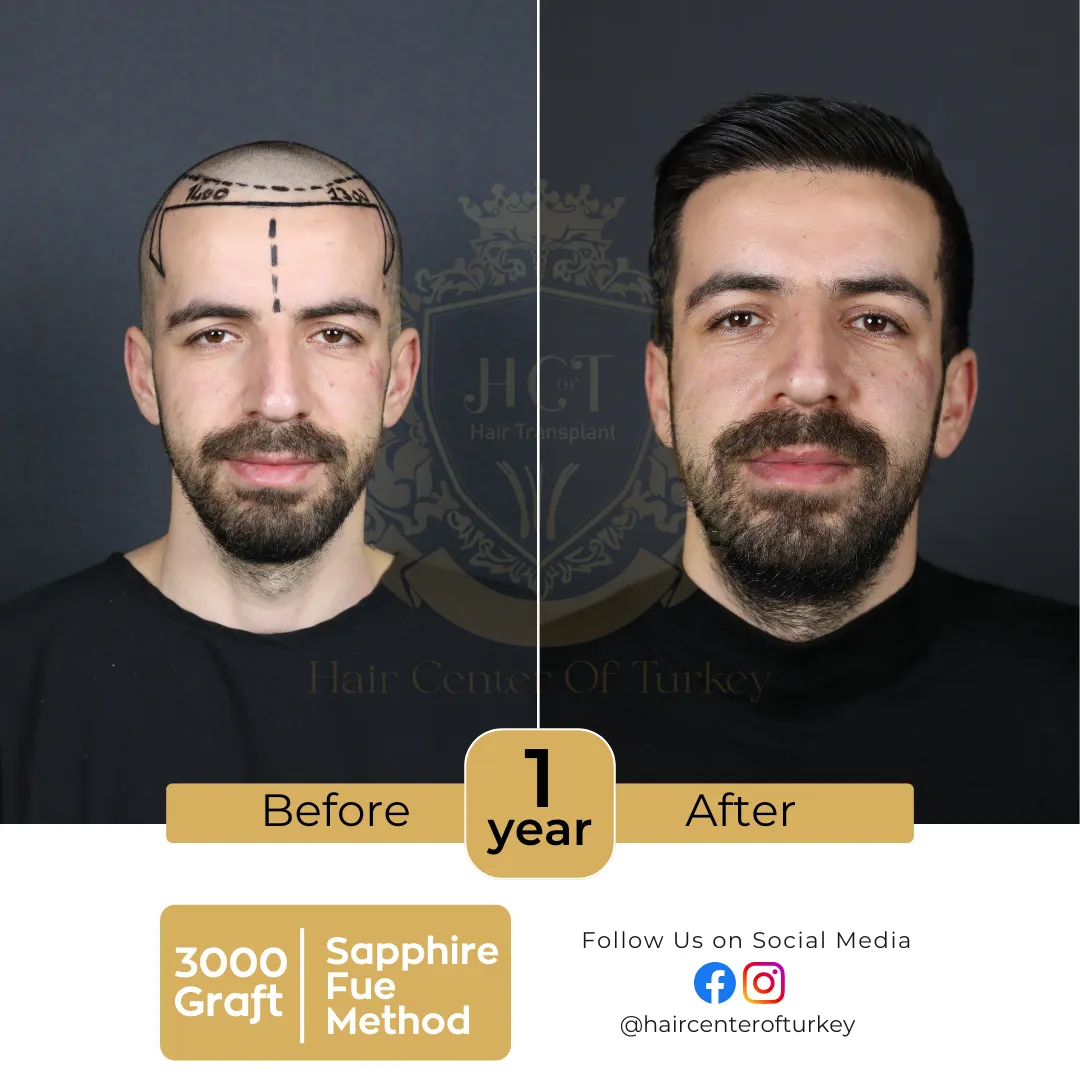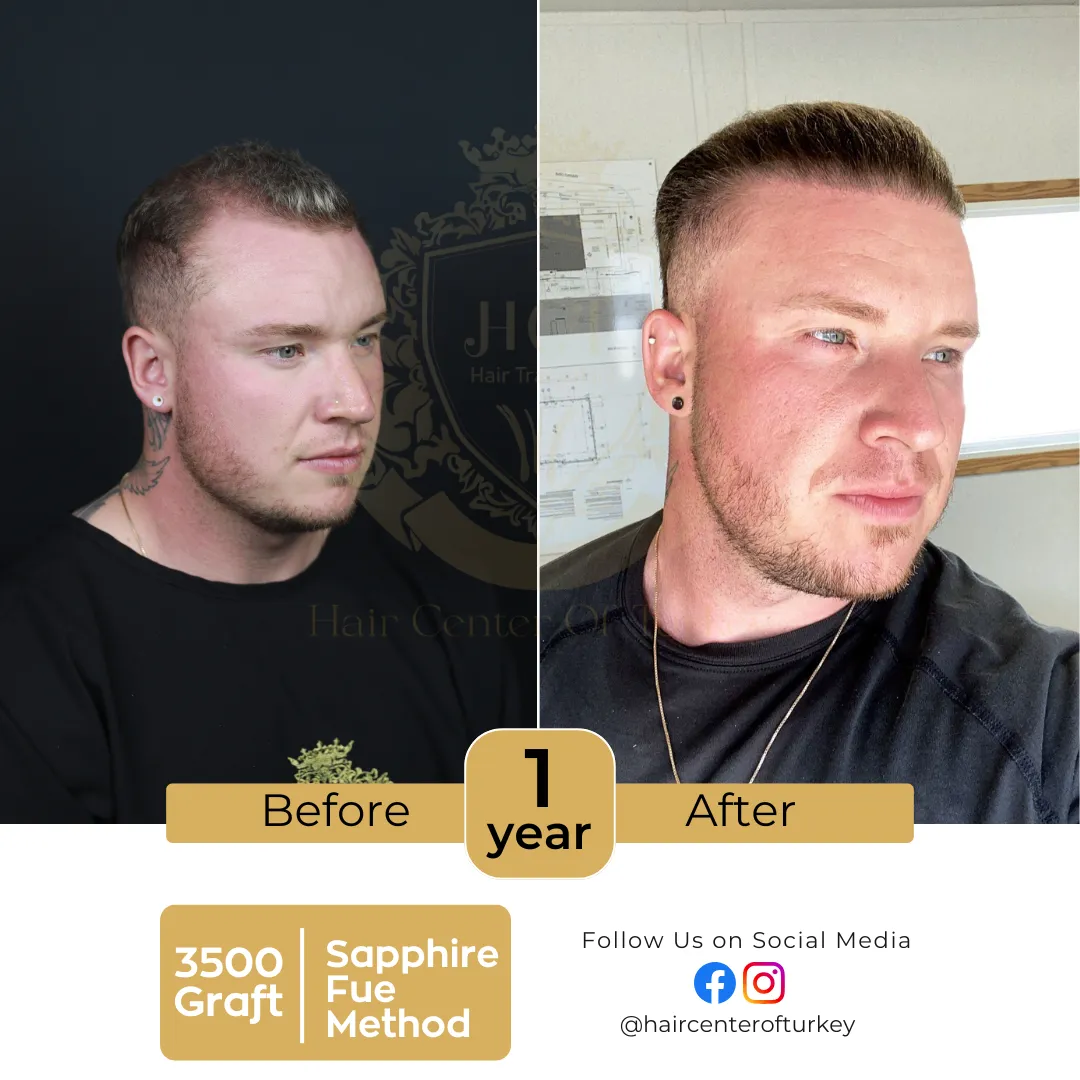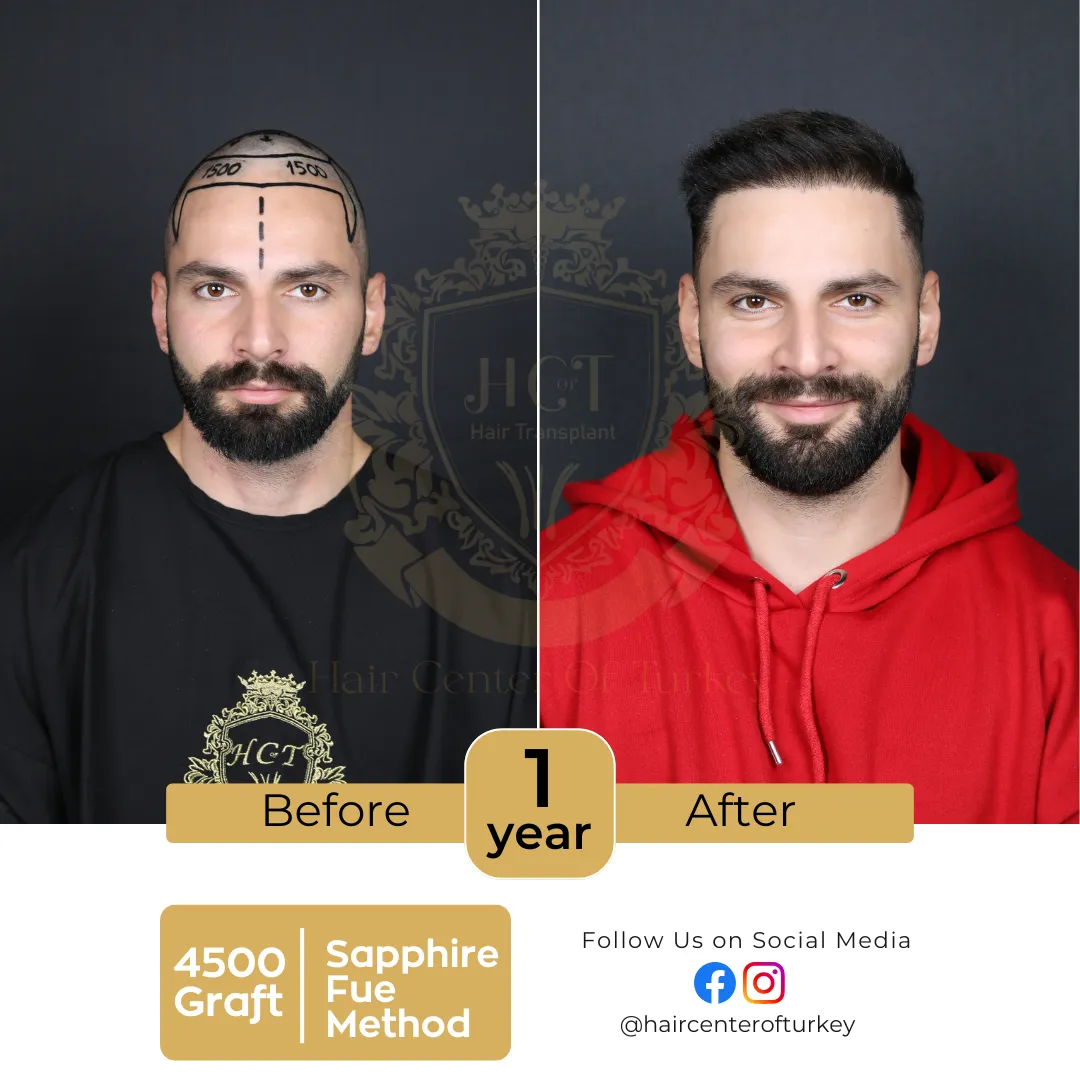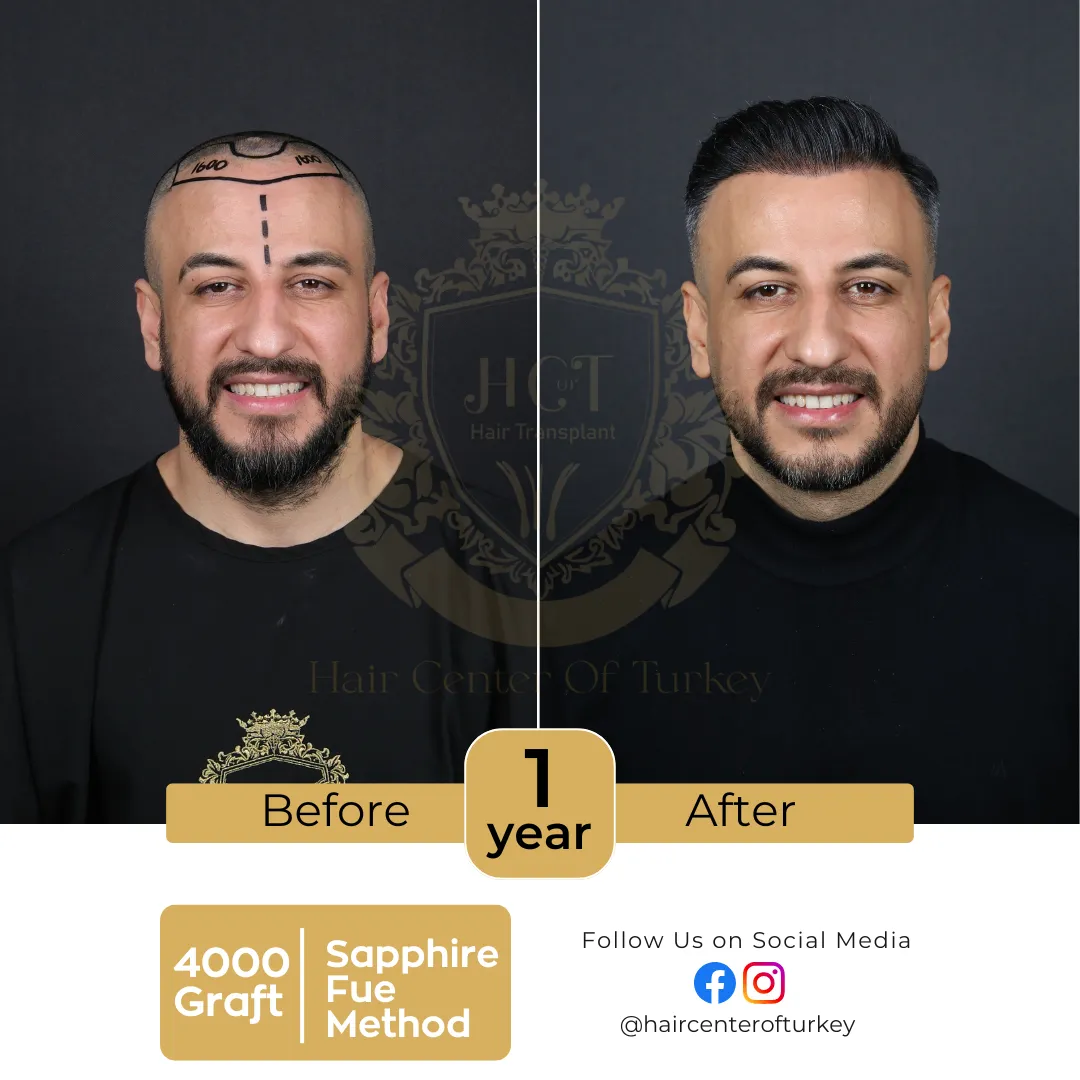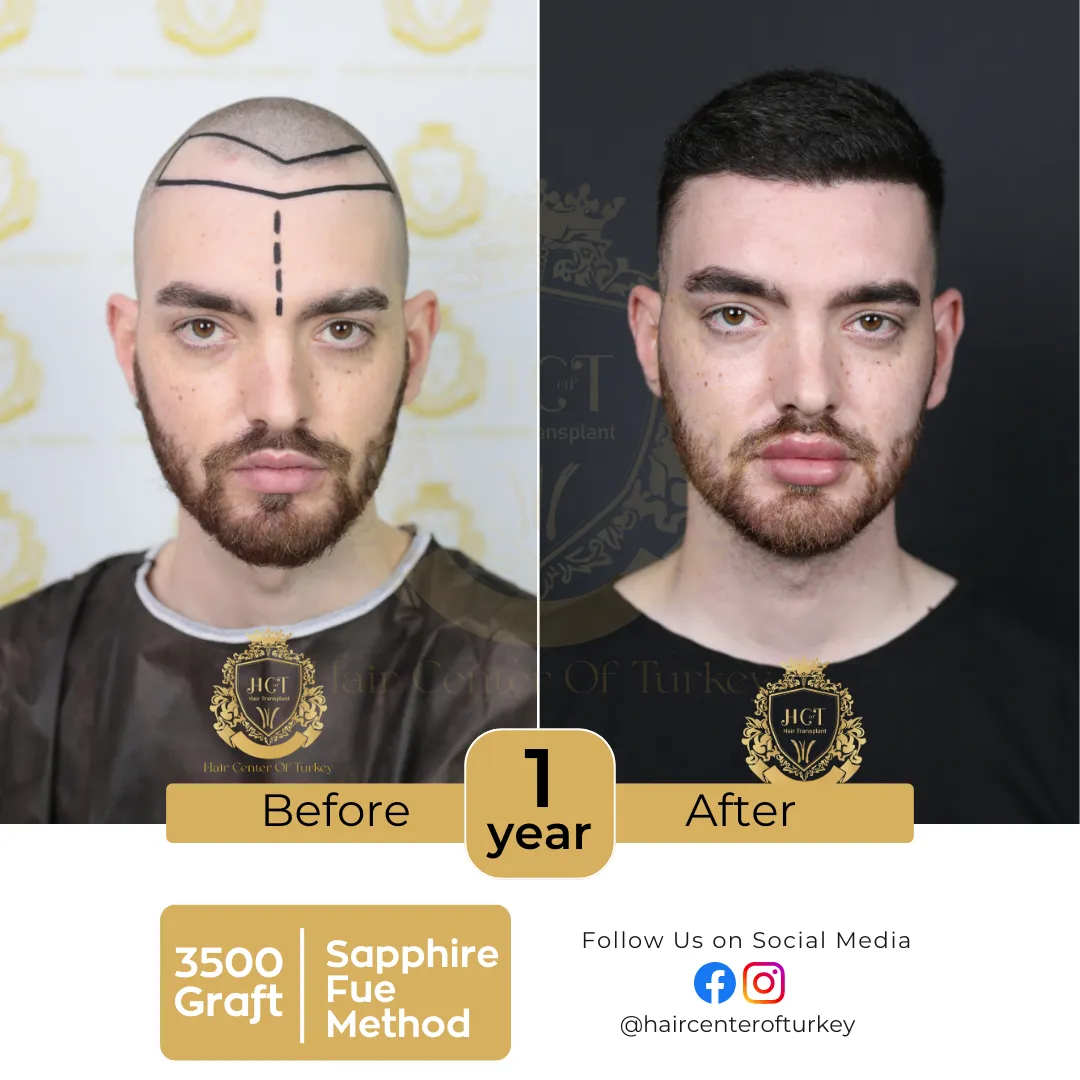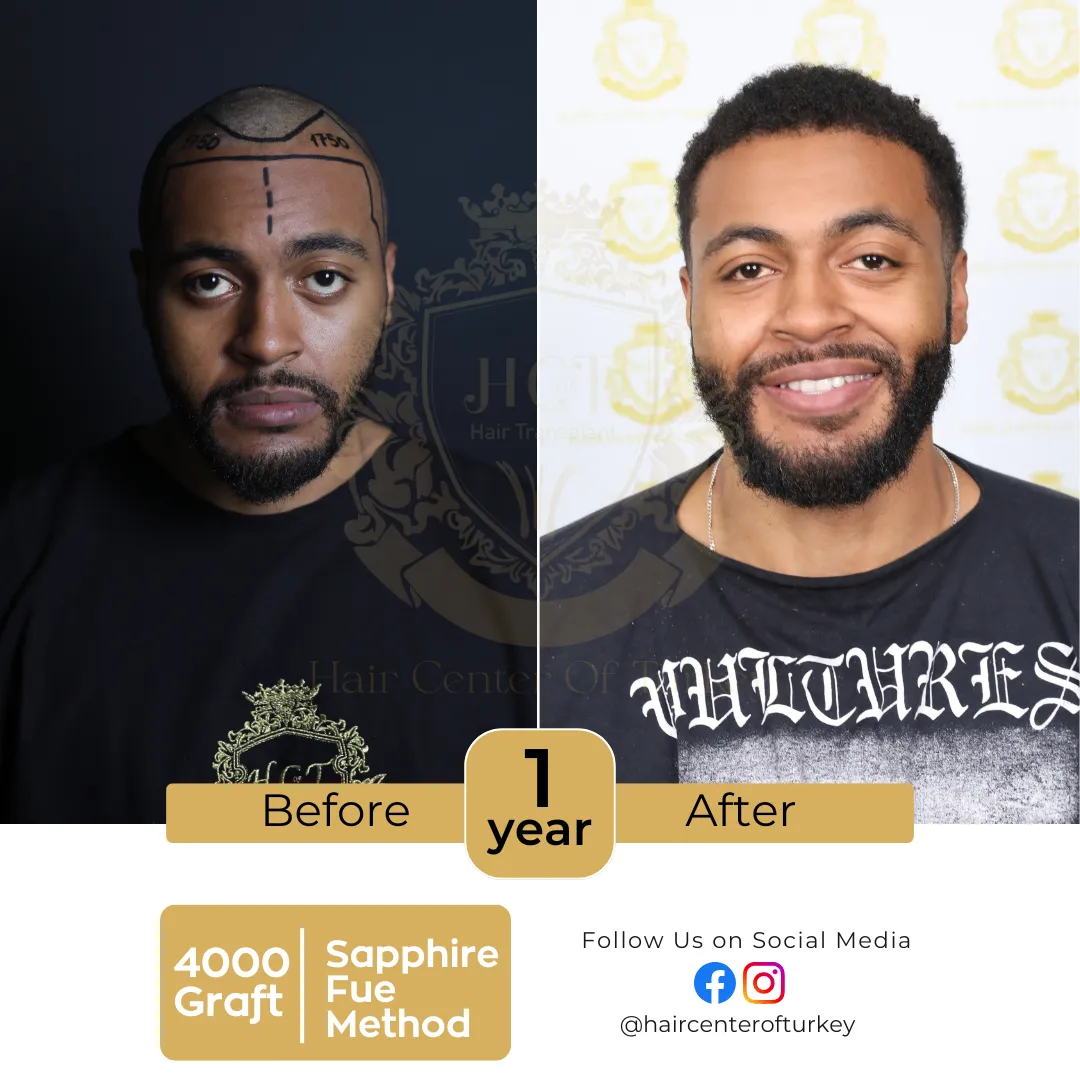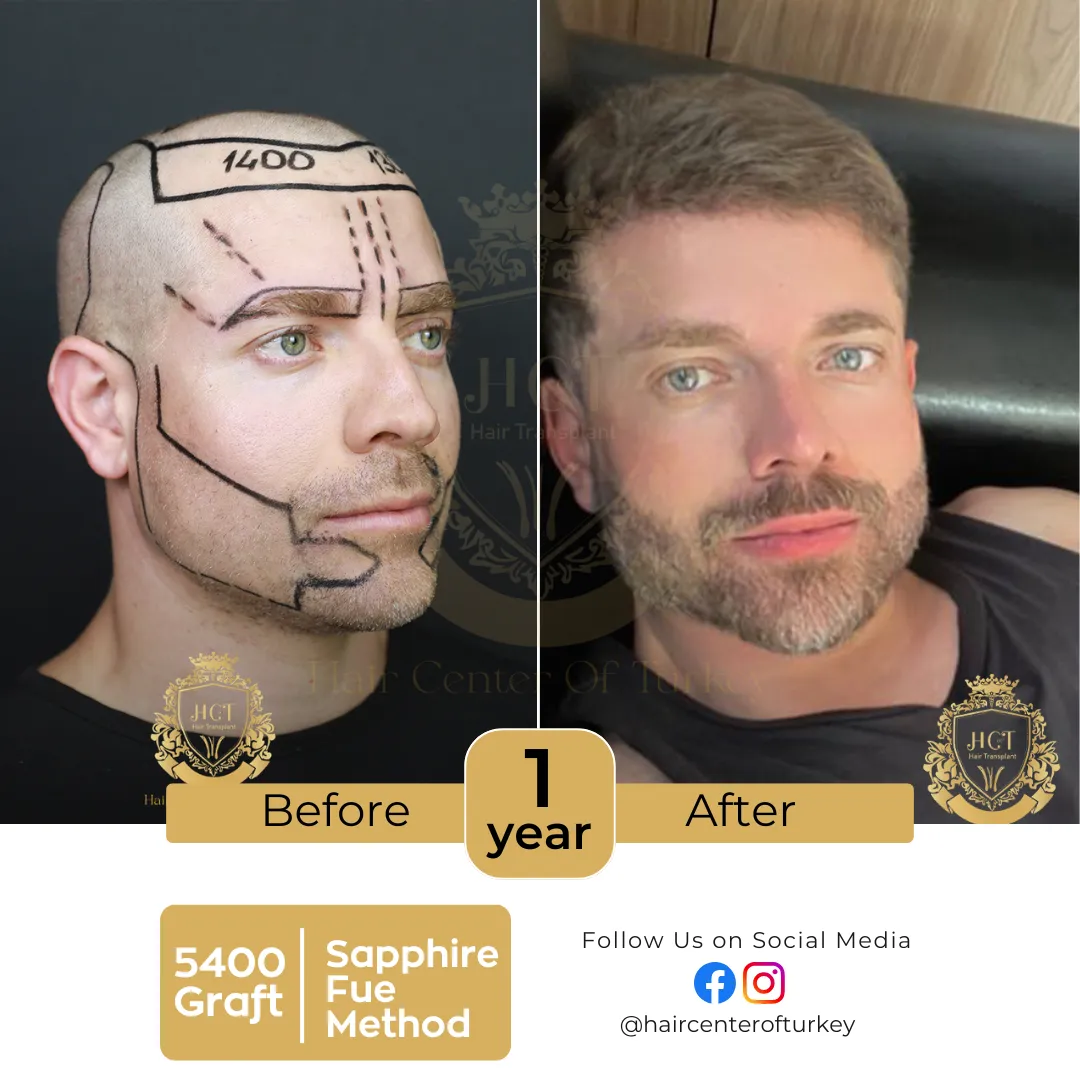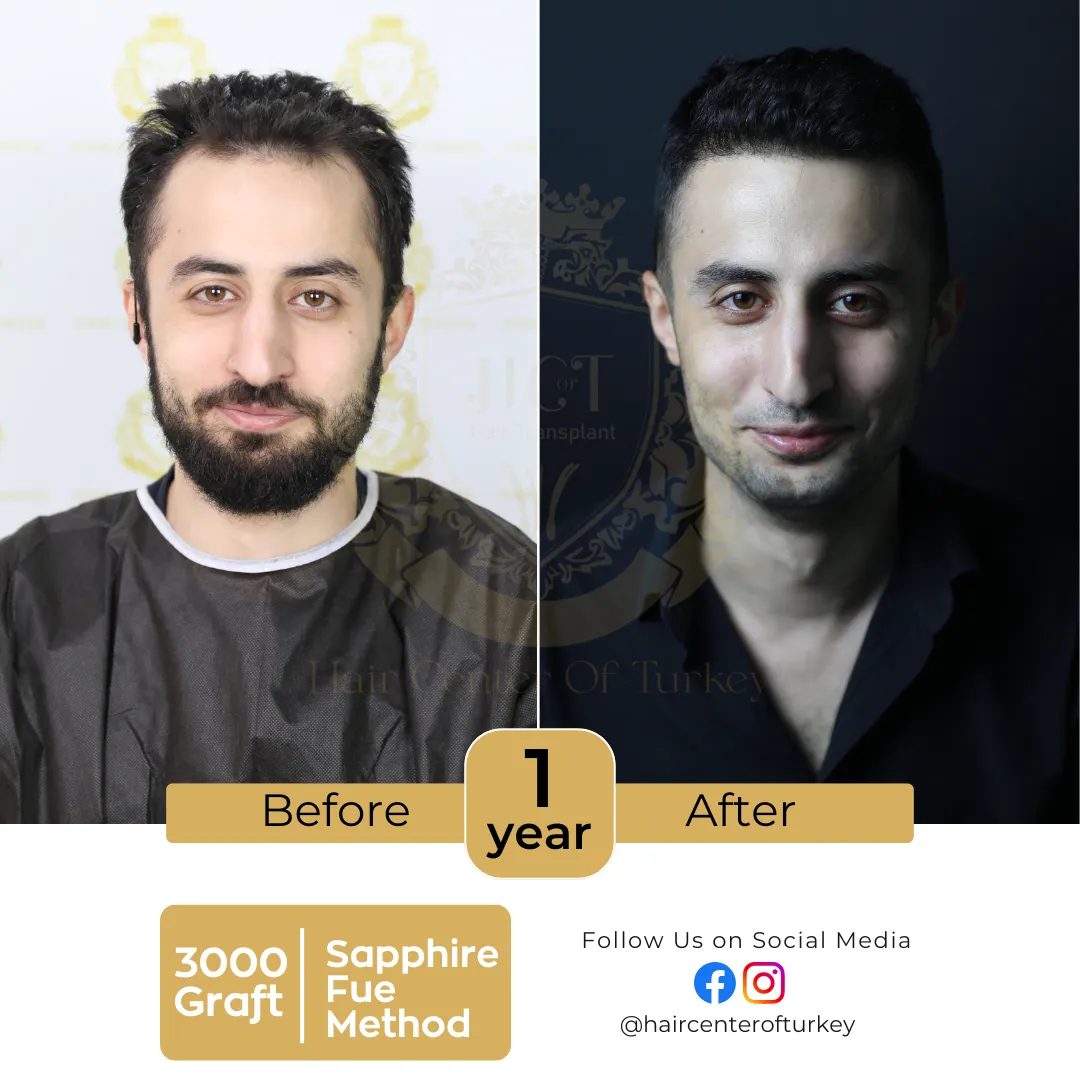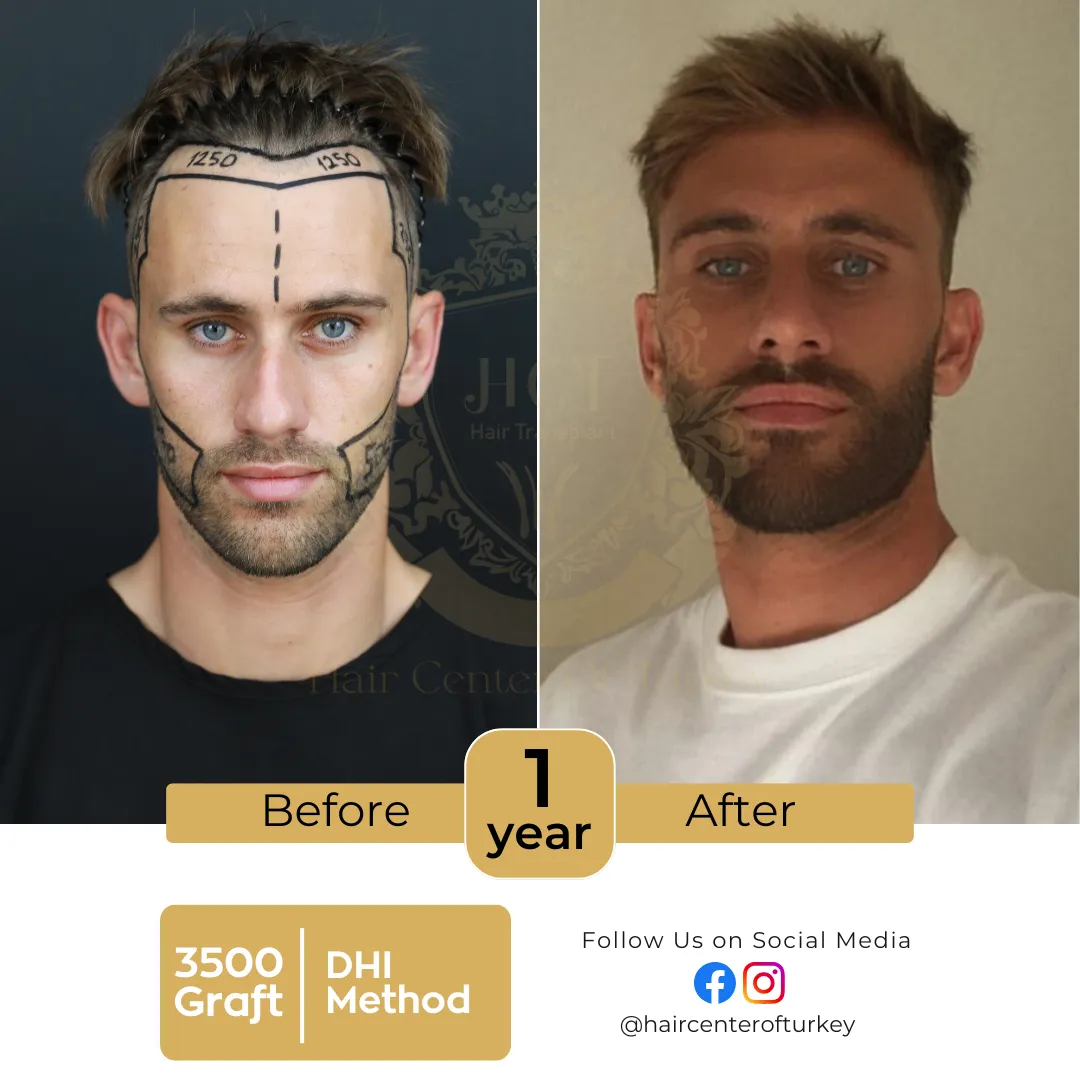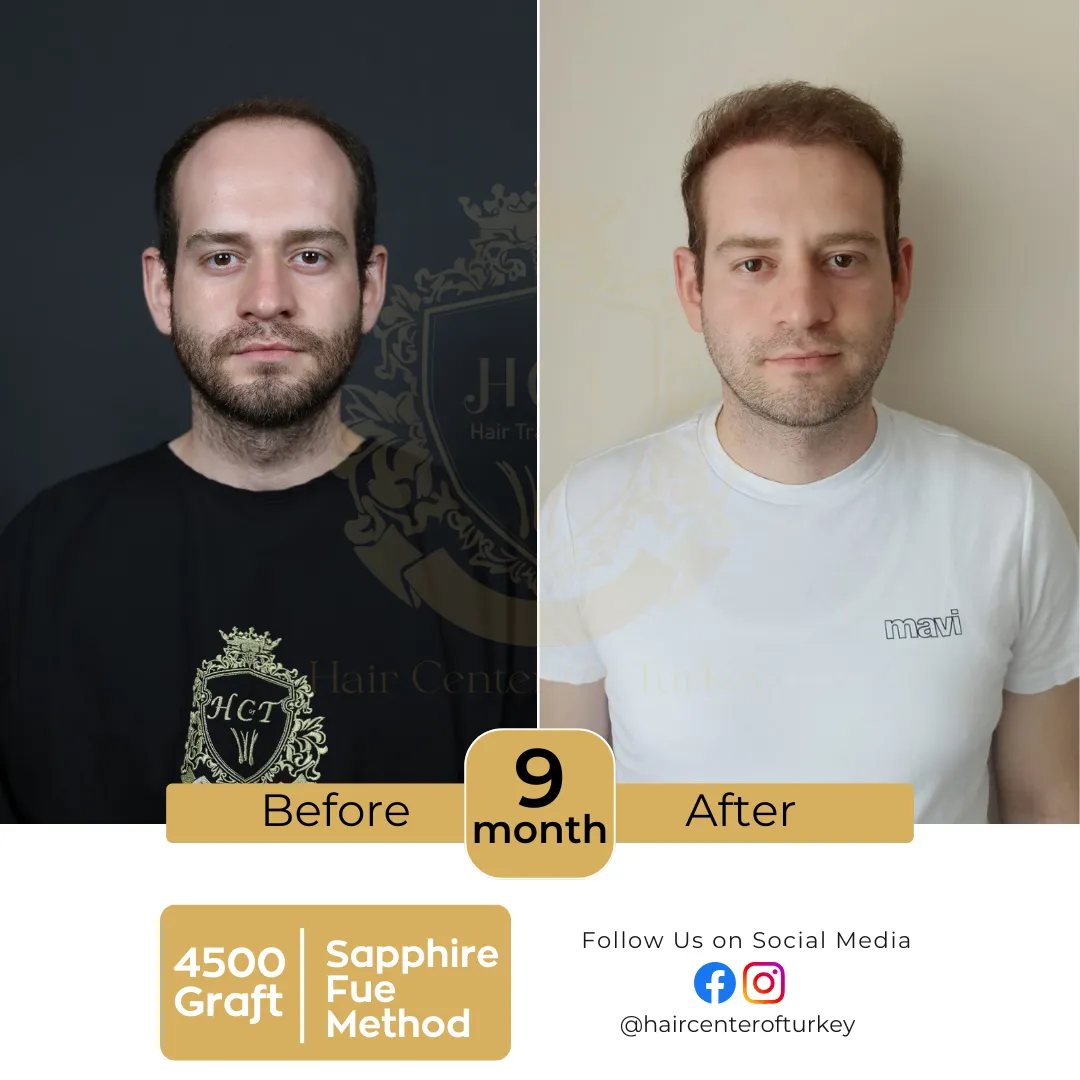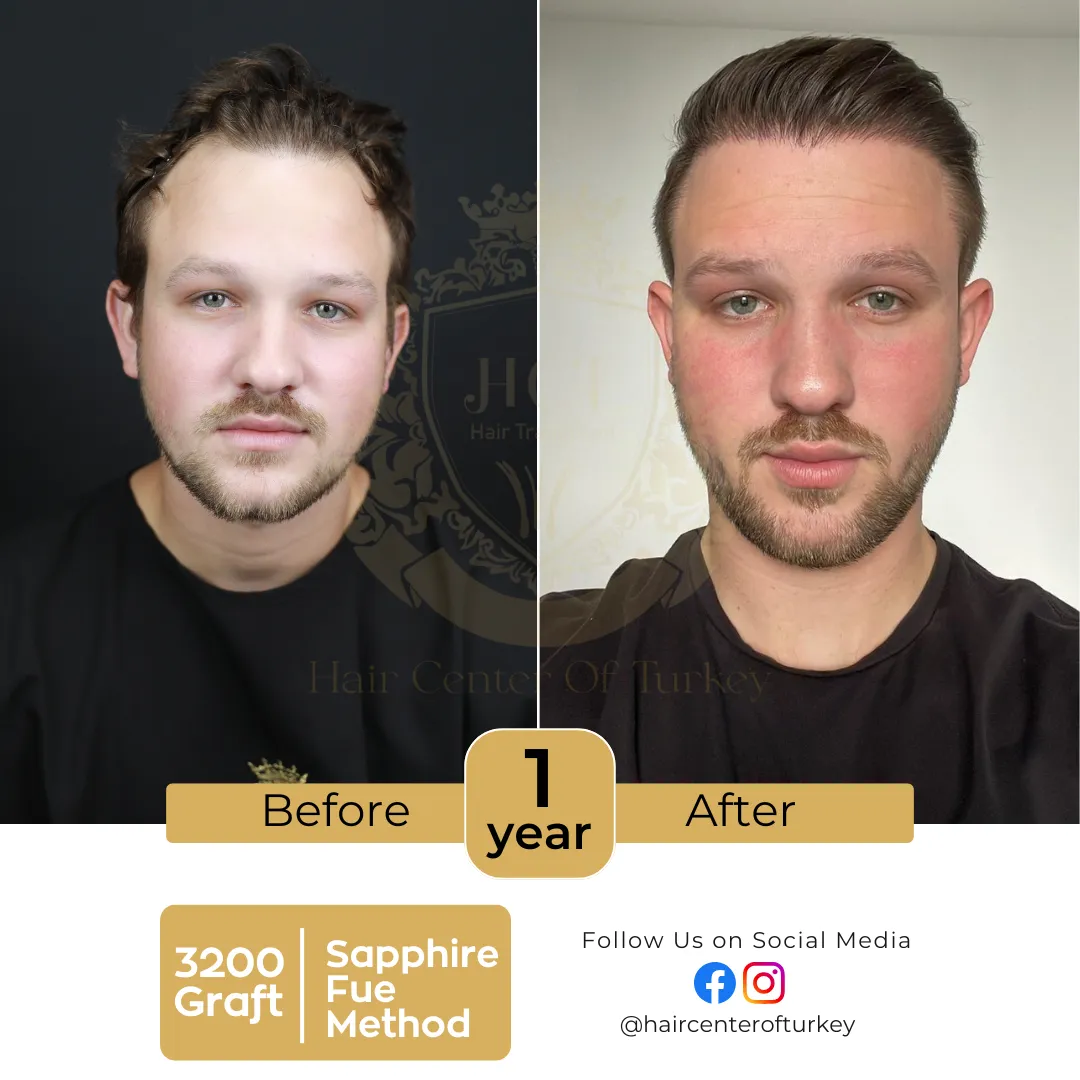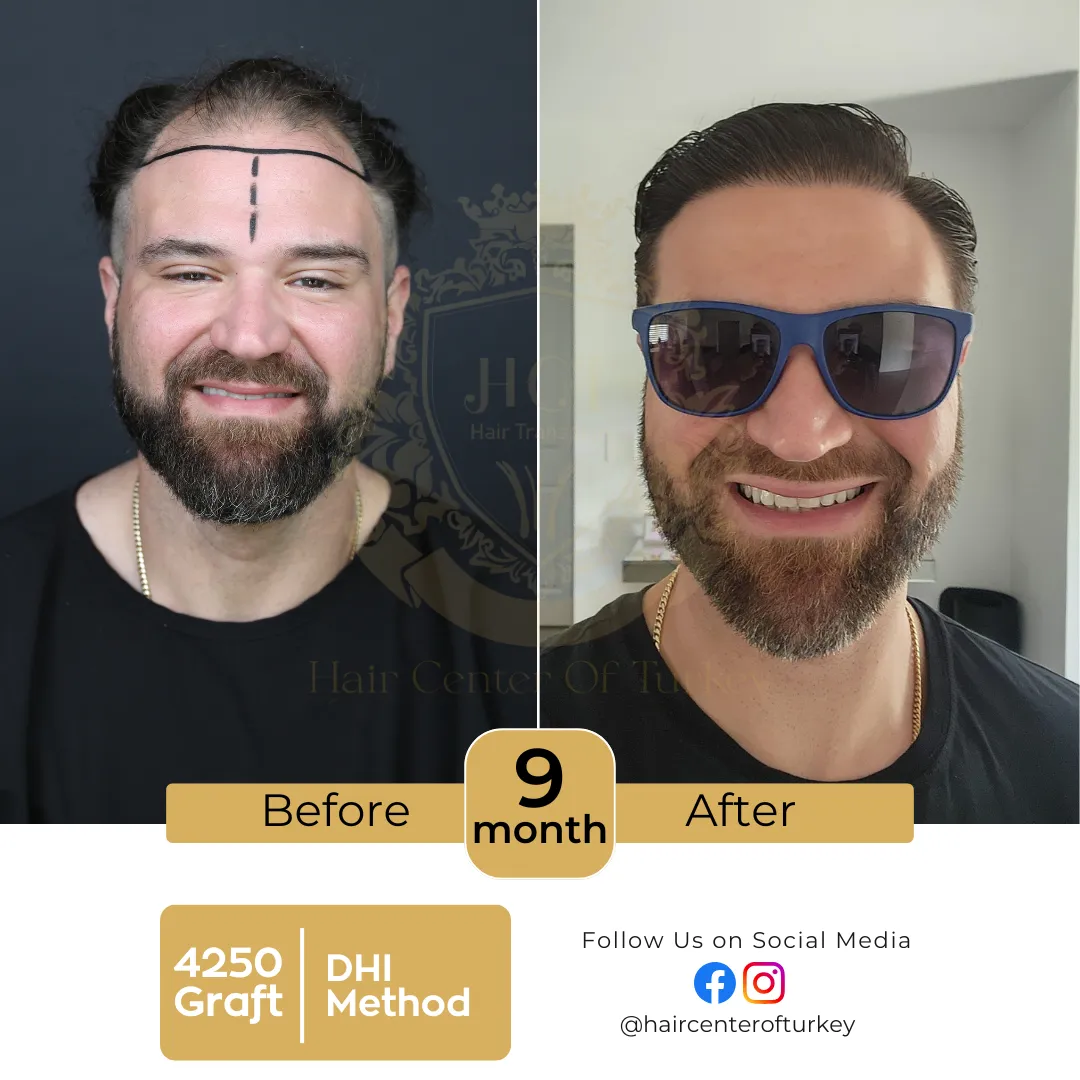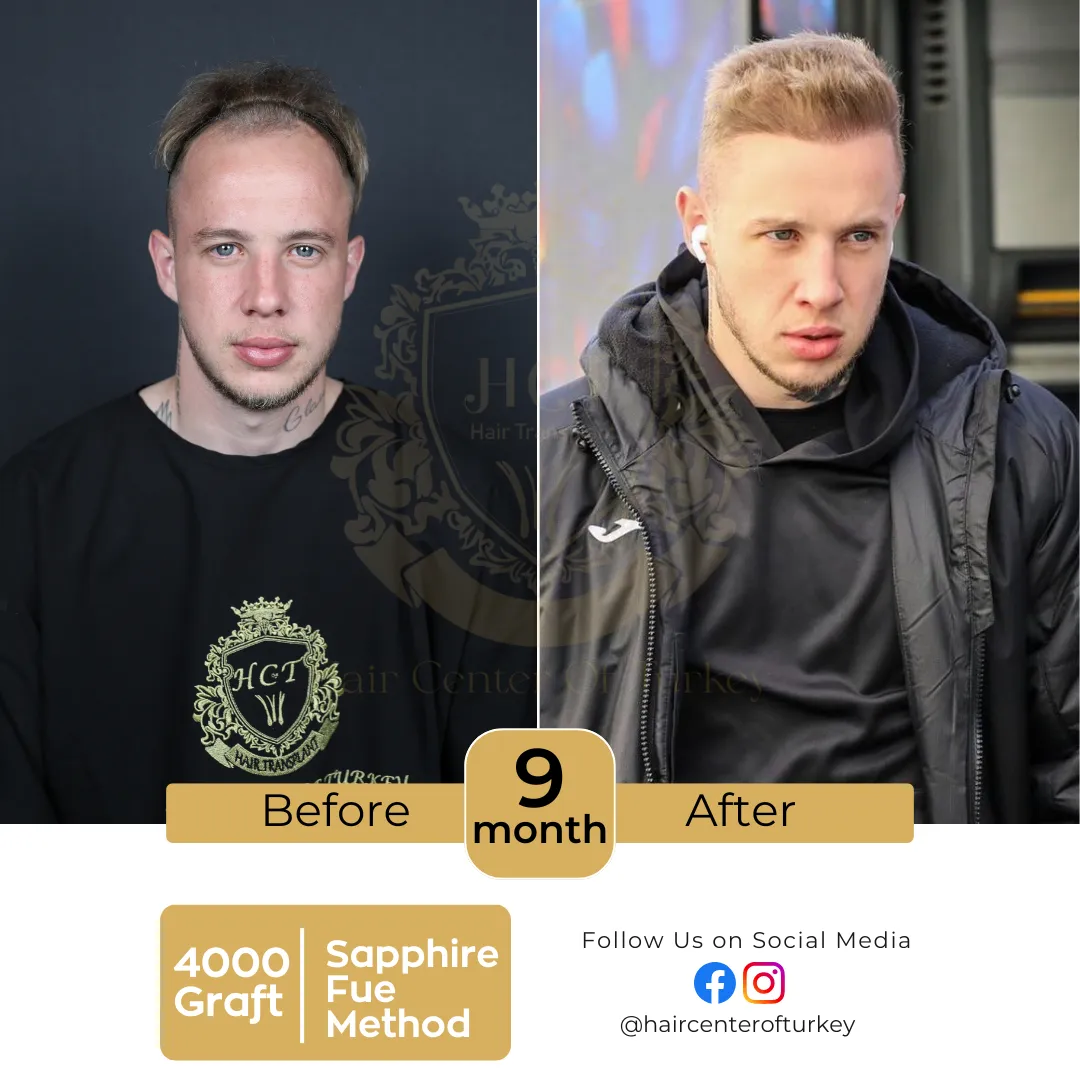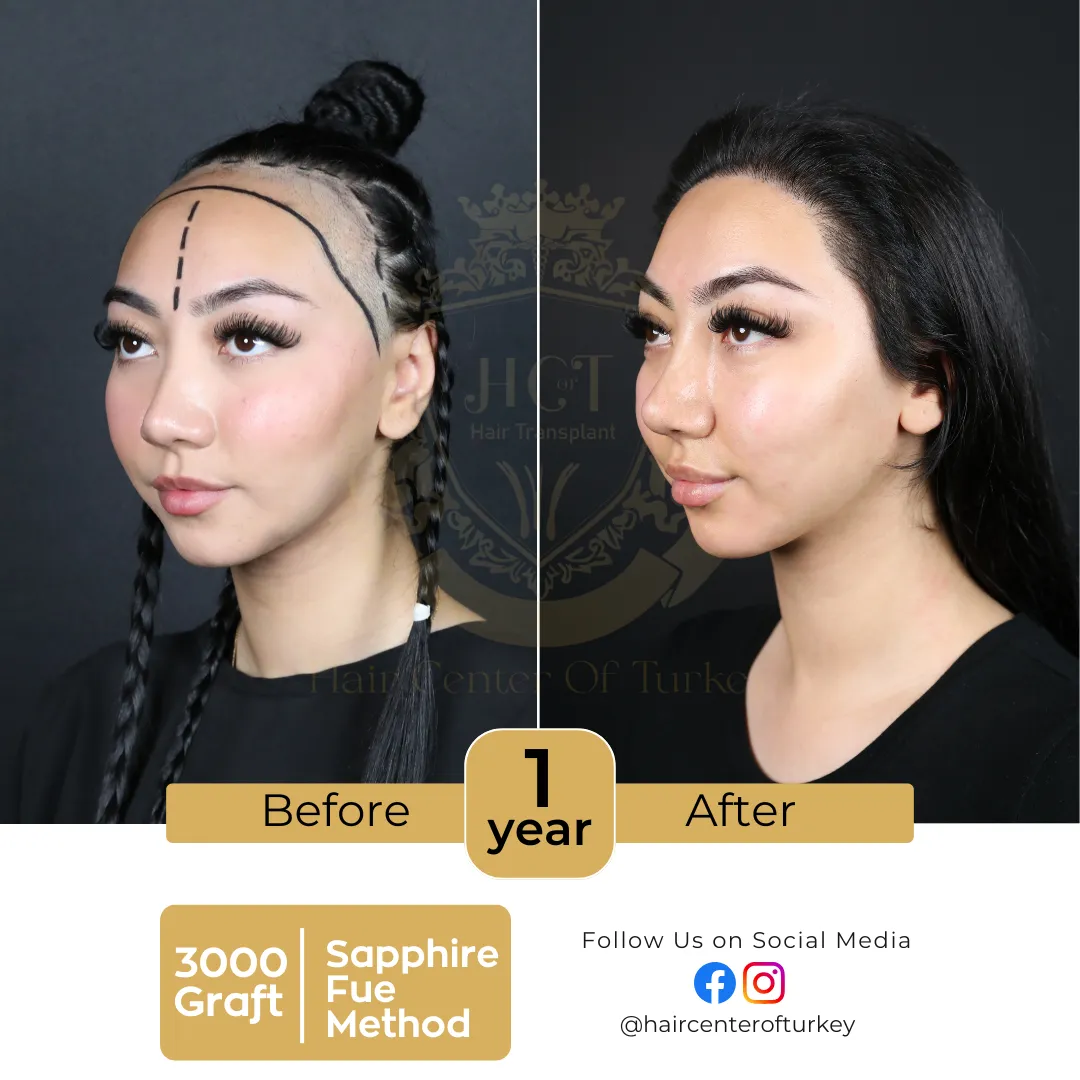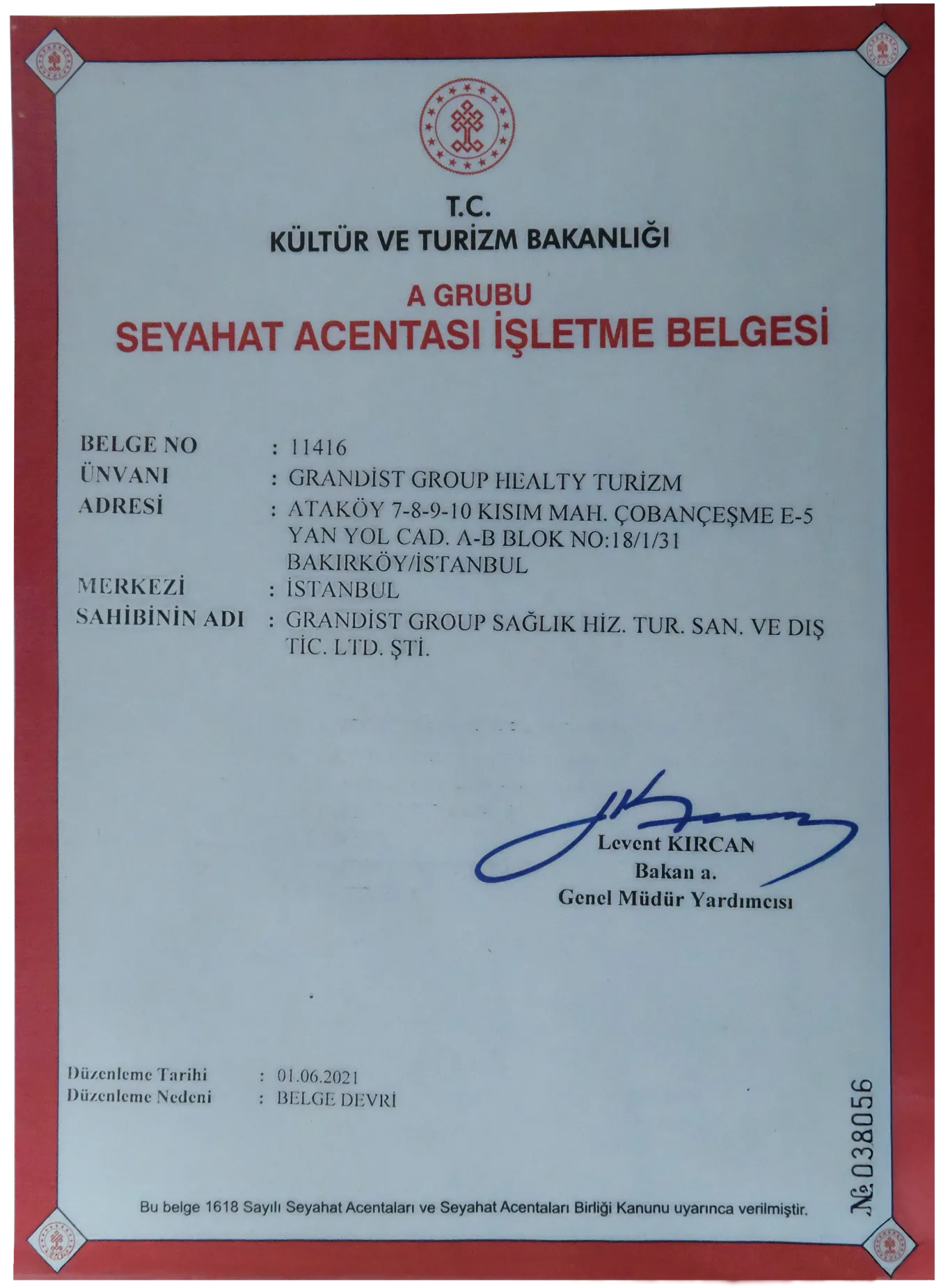Traction Alopecia – What is Traction Alopecia?
Traction alopecia is a type of hair loss caused by prolonged tension on the hair, often due to tight hairstyles such as braids, ponytails, or buns. This stress on the scalp weakens hair follicles over time, leading to hair loss in affected areas, especially around the hairline and temples. Recognizing early symptoms like soreness, small bumps, or hair thinning can help prevent further damage.

How to Prevent Traction Alopecia: Essential Tips for Hair Health
Preventing traction alopecia involves minimizing tension on the hair and scalp. Opt for looser hairstyles that reduce stress on follicles, take breaks from tight hairstyles, and use hair-friendly accessories to avoid pulling. Being mindful of daily haircare practices, such as avoiding heavy extensions or frequent high-heat styling, can also significantly reduce the risk of developing traction alopecia.
Top 3 Tips for Treating Traction Alopecia
Treating traction alopecia early can often reverse hair loss. First, switch to gentle hairstyles that don’t strain the scalp. Second, use nourishing hair products like scalp-friendly oils to encourage regrowth. Finally, consider consulting a dermatologist for treatments, including potential topical medications, to stimulate hair follicles and improve hair density.
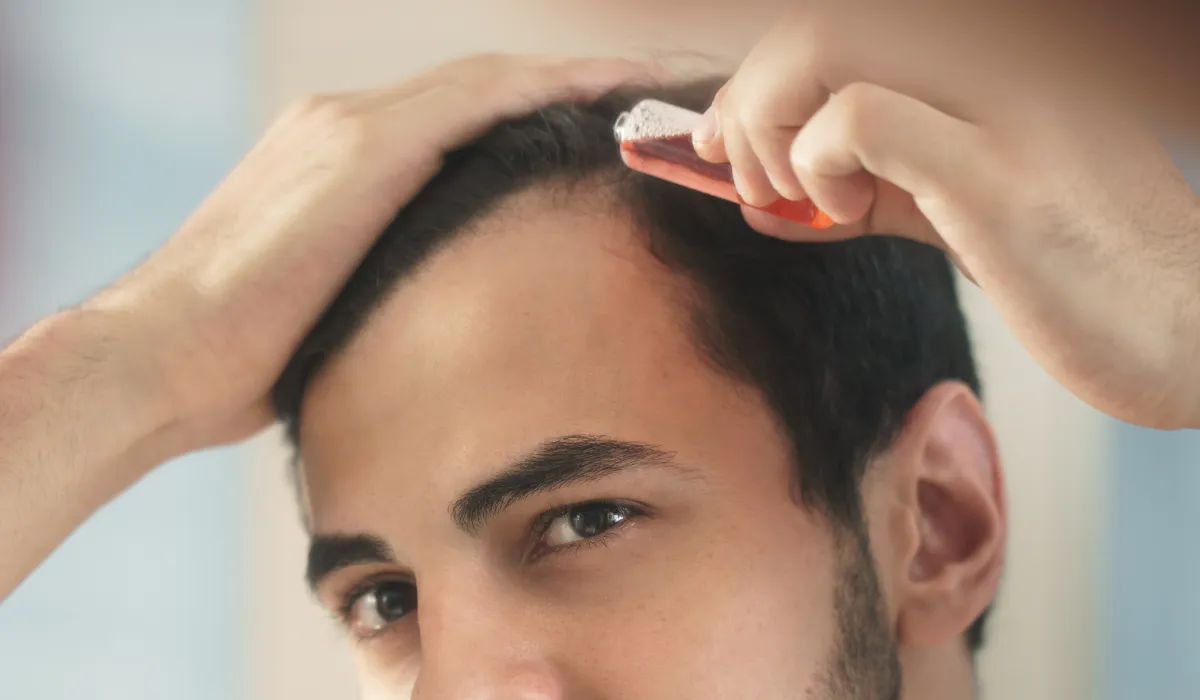
Key Facts About Traction Alopecia
Traction alopecia is often preventable and treatable if detected early. Recognizing the impact of hairstyles is crucial for preserving hair health. Persistent symptoms like scalp soreness, bumps, or prolonged hair loss require attention. Prioritizing hair health with gentle care practices can make a significant difference in preventing traction alopecia.
Hairstyles that Could Lead to Traction Alopecia
Hairstyles that pull tightly, such as high ponytails, braids, cornrows, and dreadlocks, can lead to traction alopecia when worn frequently. Extensions and tightly secured weaves are also common causes, as they place additional strain on hair follicles. Choosing looser, less restrictive hairstyles or varying your look can help avoid potential damage to your hair and scalp.
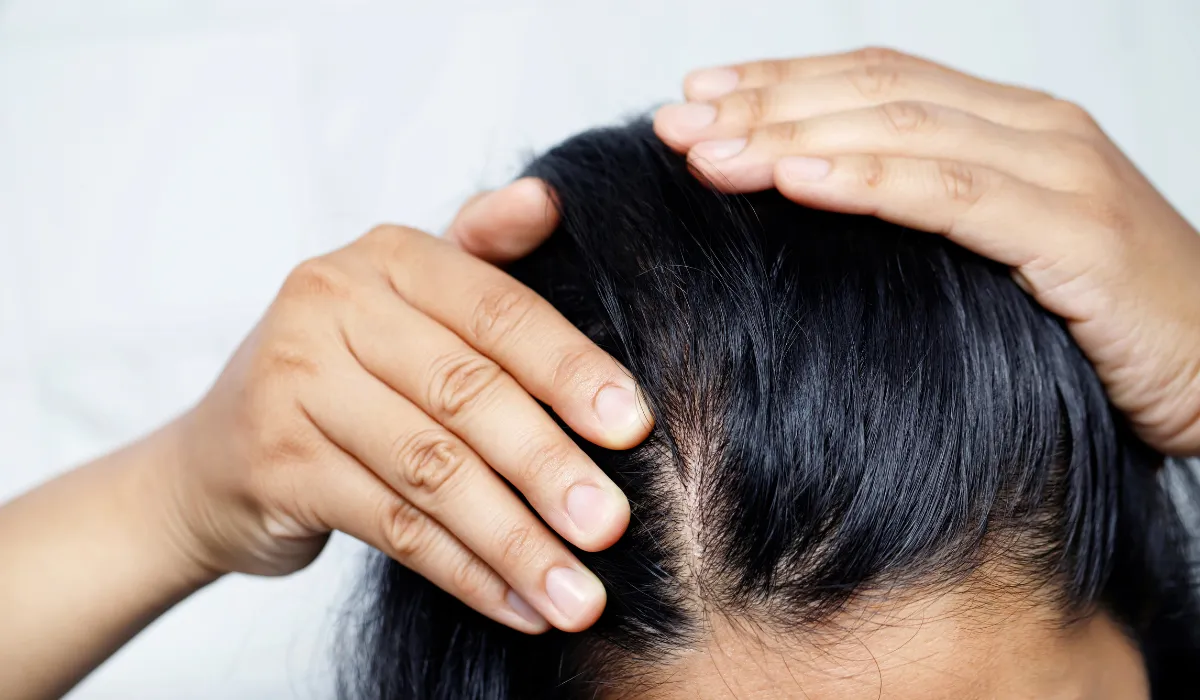
Is Traction Alopecia Reversible? Treatment and Recovery
Traction alopecia is frequently reversible with early intervention. When hair follicles are not permanently damaged, regrowth is possible by adopting gentler styling practices and possibly using topical treatments. For advanced cases, medical procedures like hair transplants may be needed to restore lost hair.
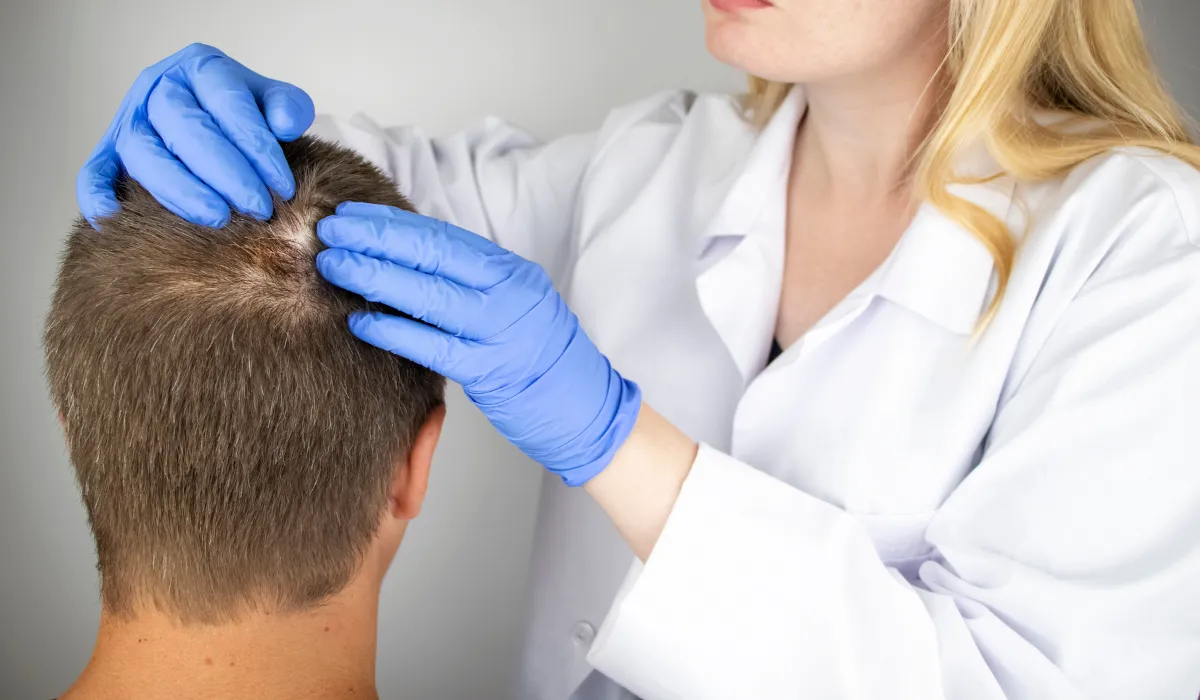
When to Consult a Dermatologist for Traction Alopecia
If you notice persistent hair loss, soreness, or bumps along your hairline, it may be time to consult a dermatologist. Acting early is crucial to prevent lasting damage to hair follicles and to explore effective treatment options. A dermatologist can provide customized guidance on the most effective treatment plan, tailored to the severity of your condition.
F.A.Q. (Frequently Asked Questions)


